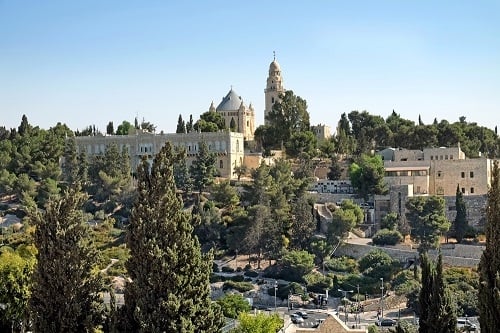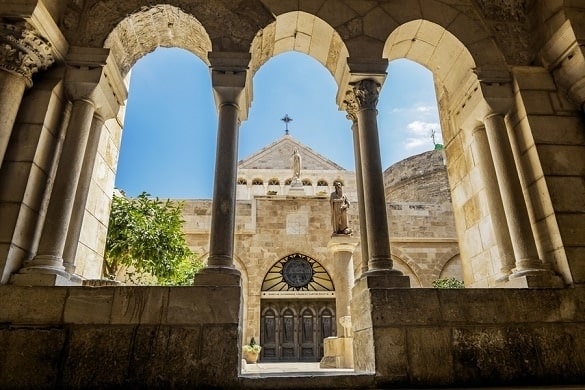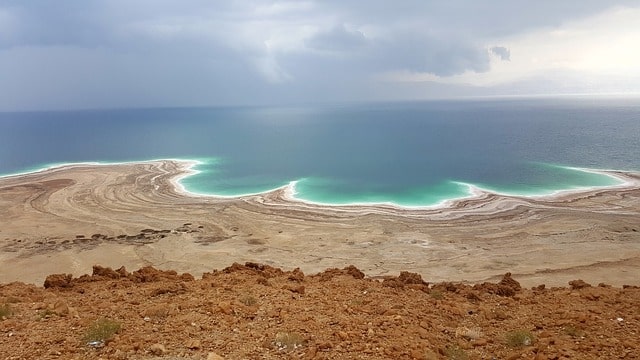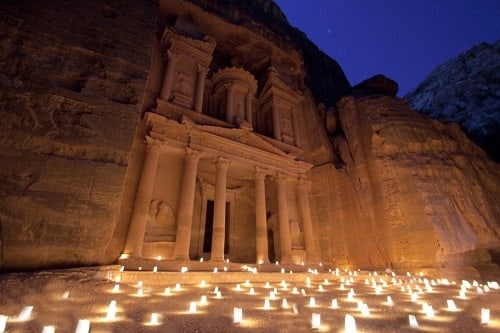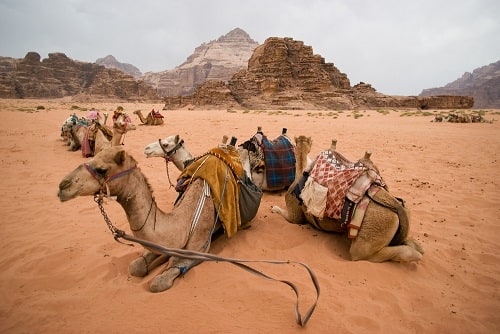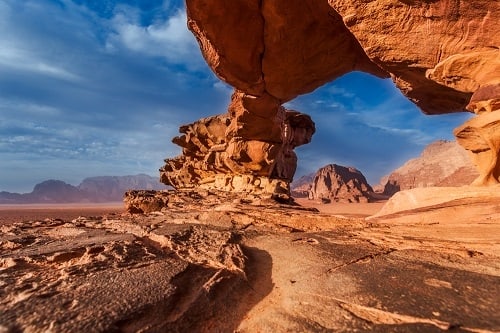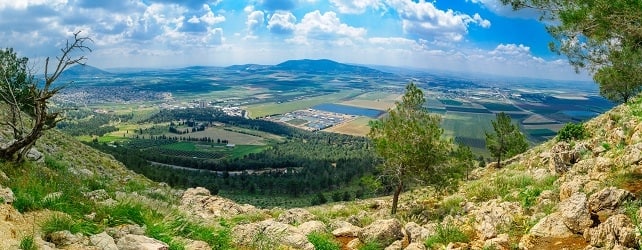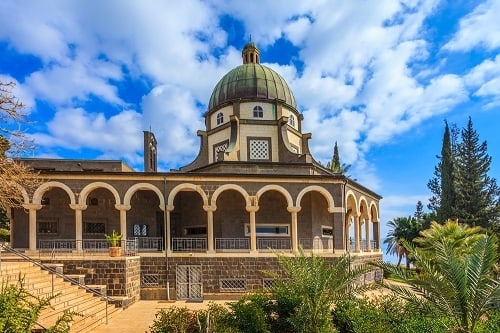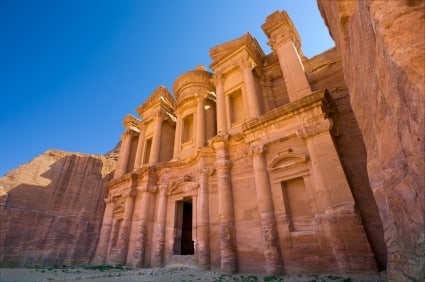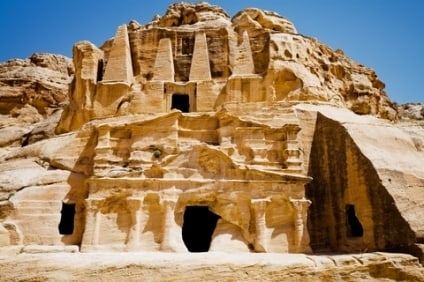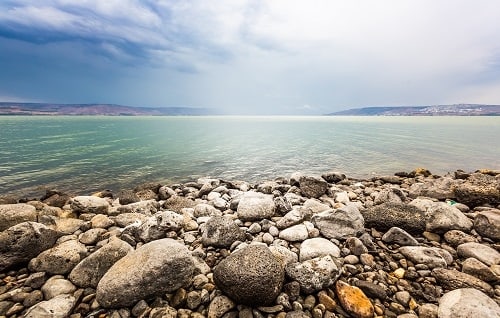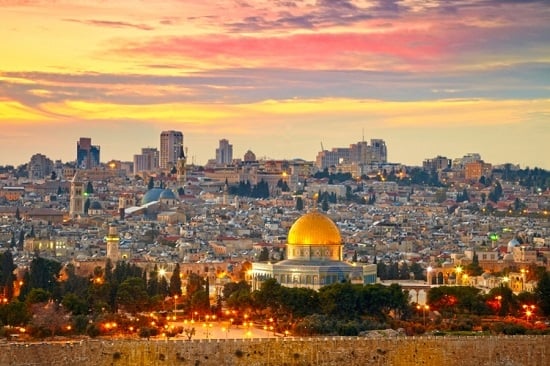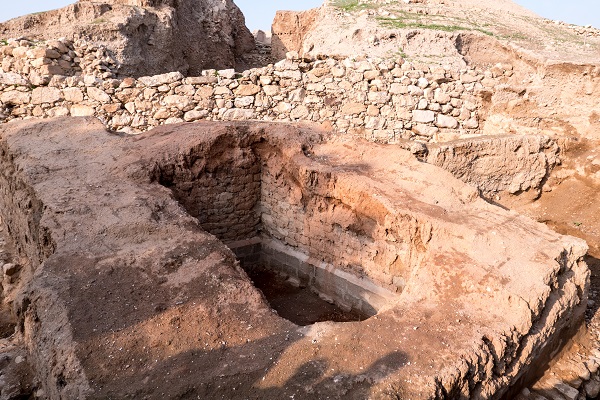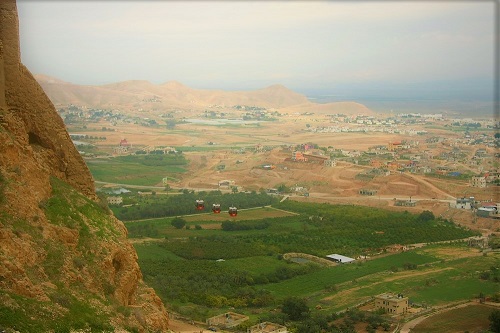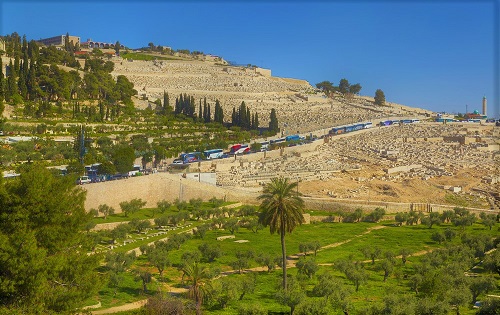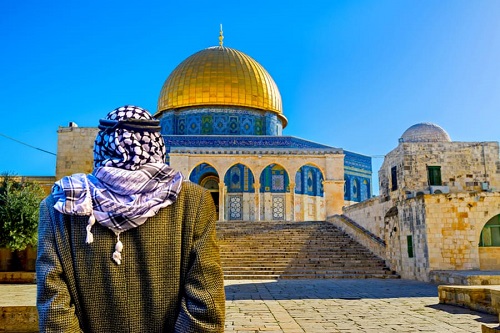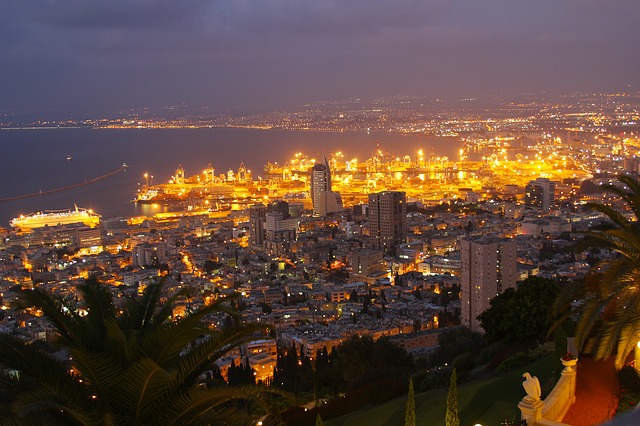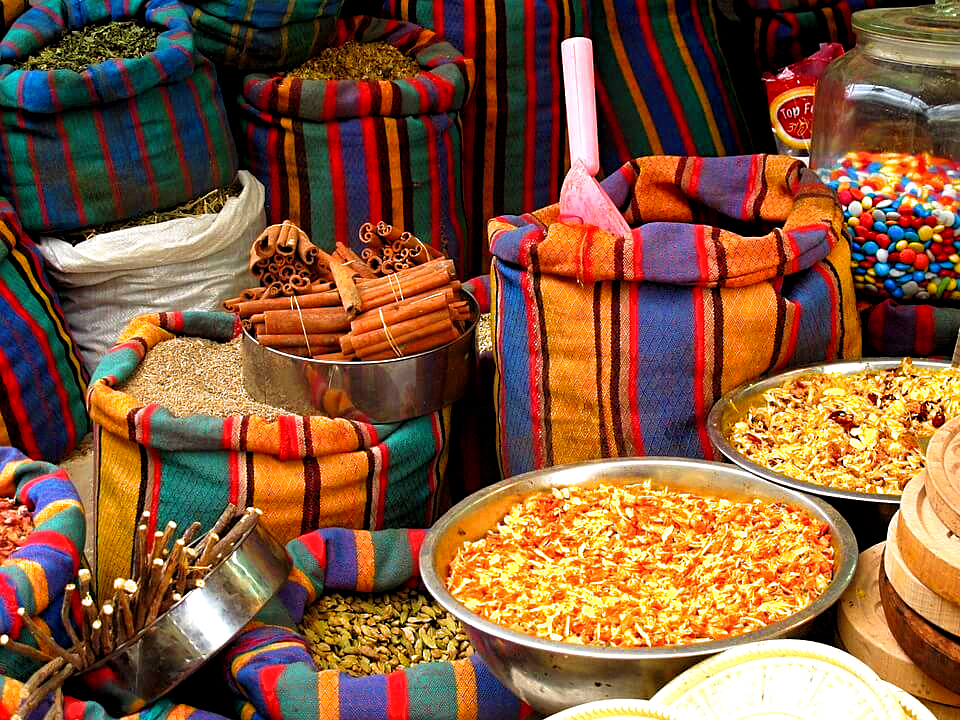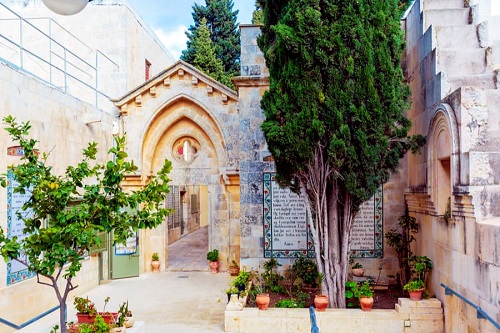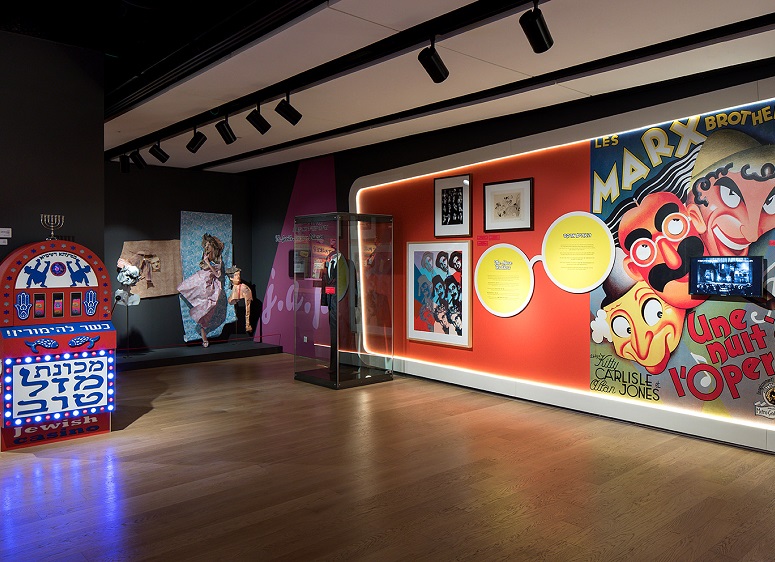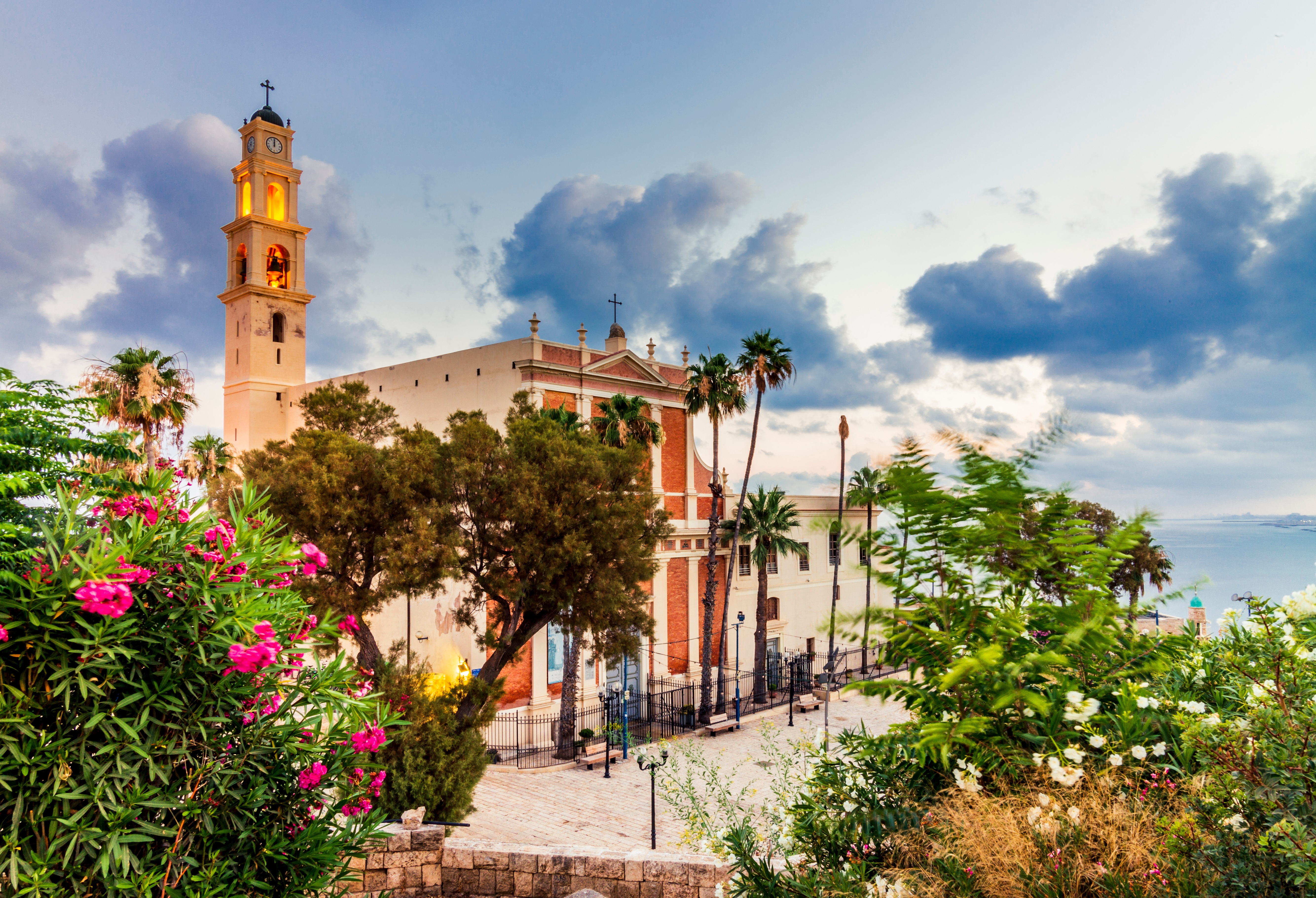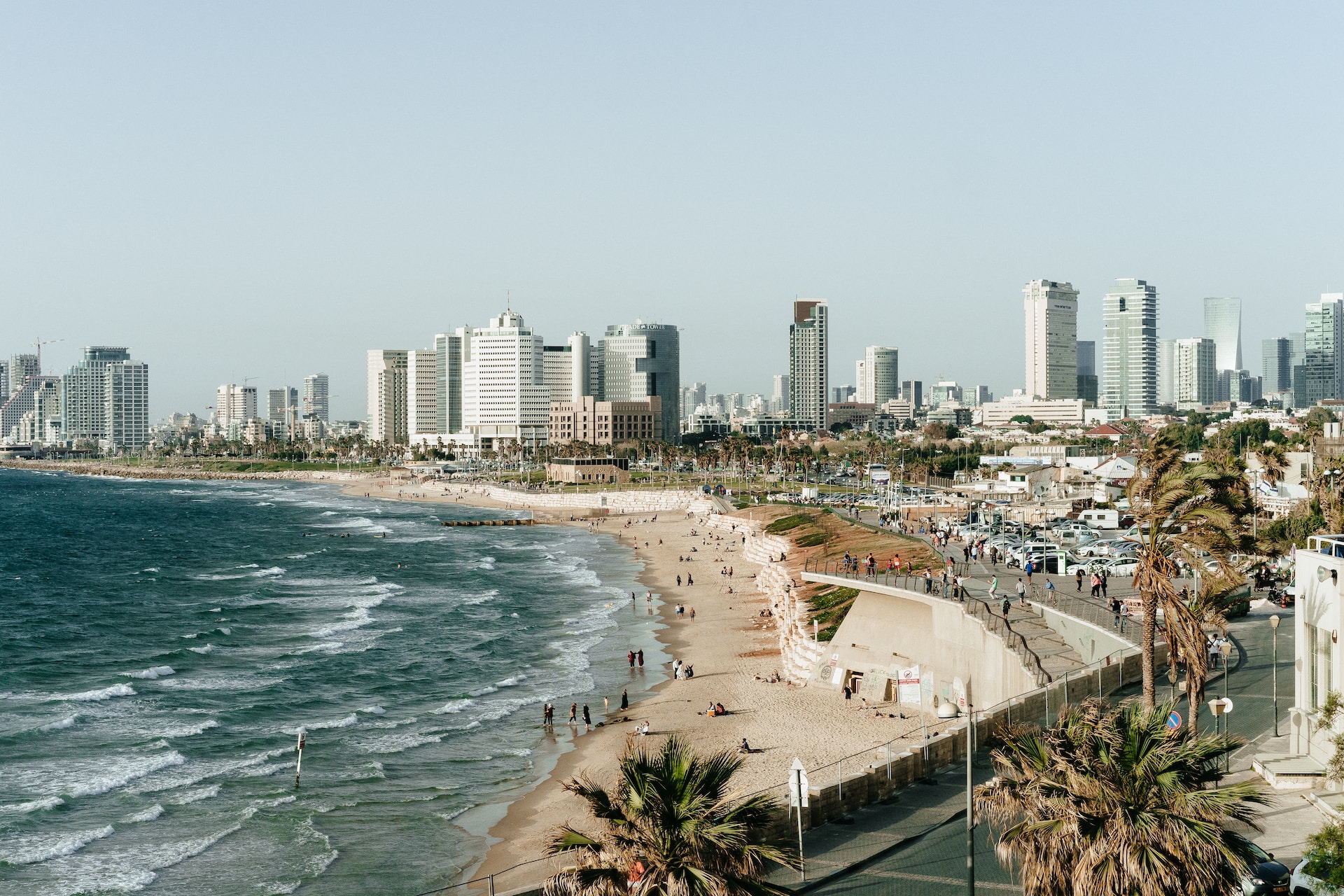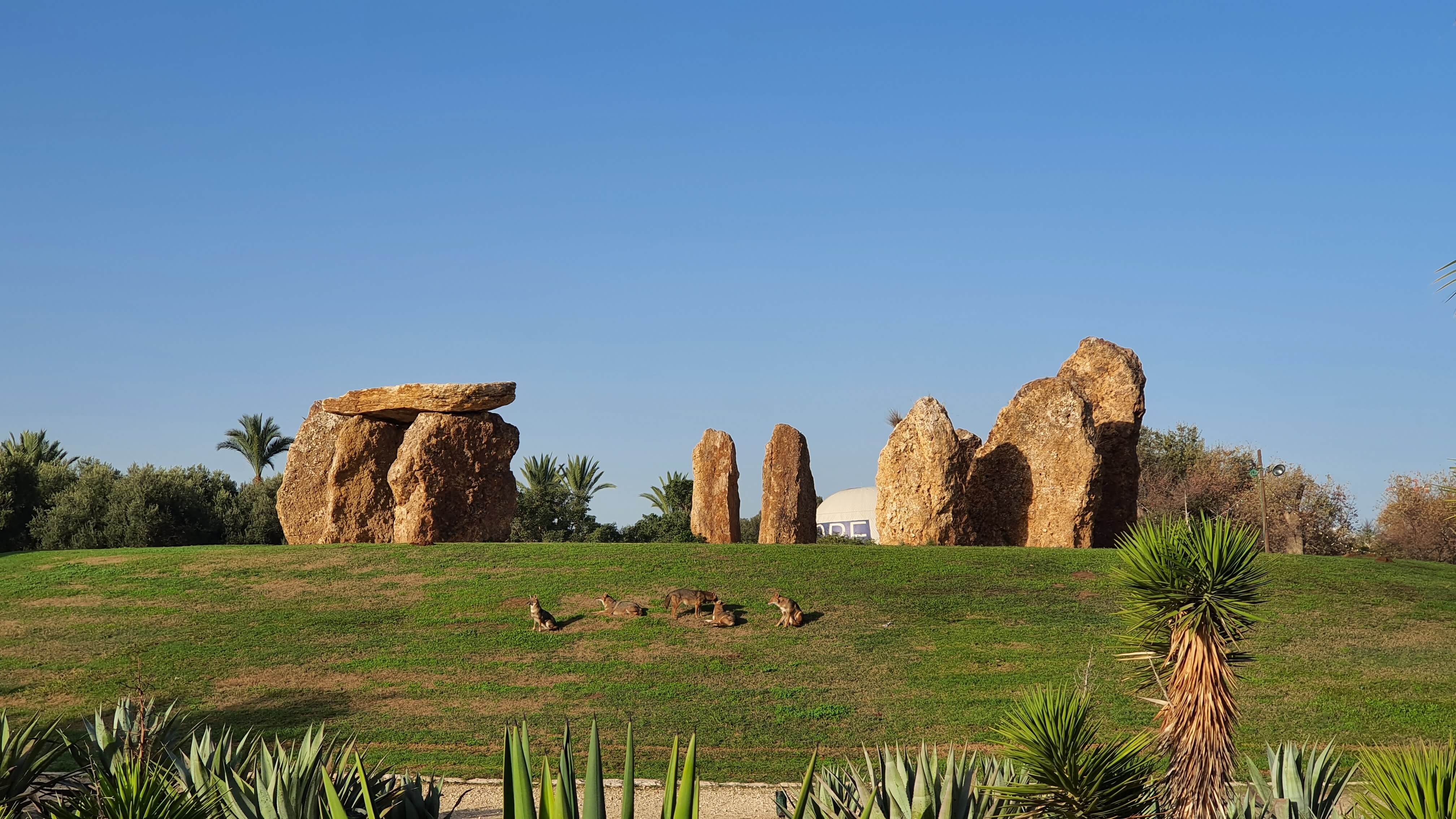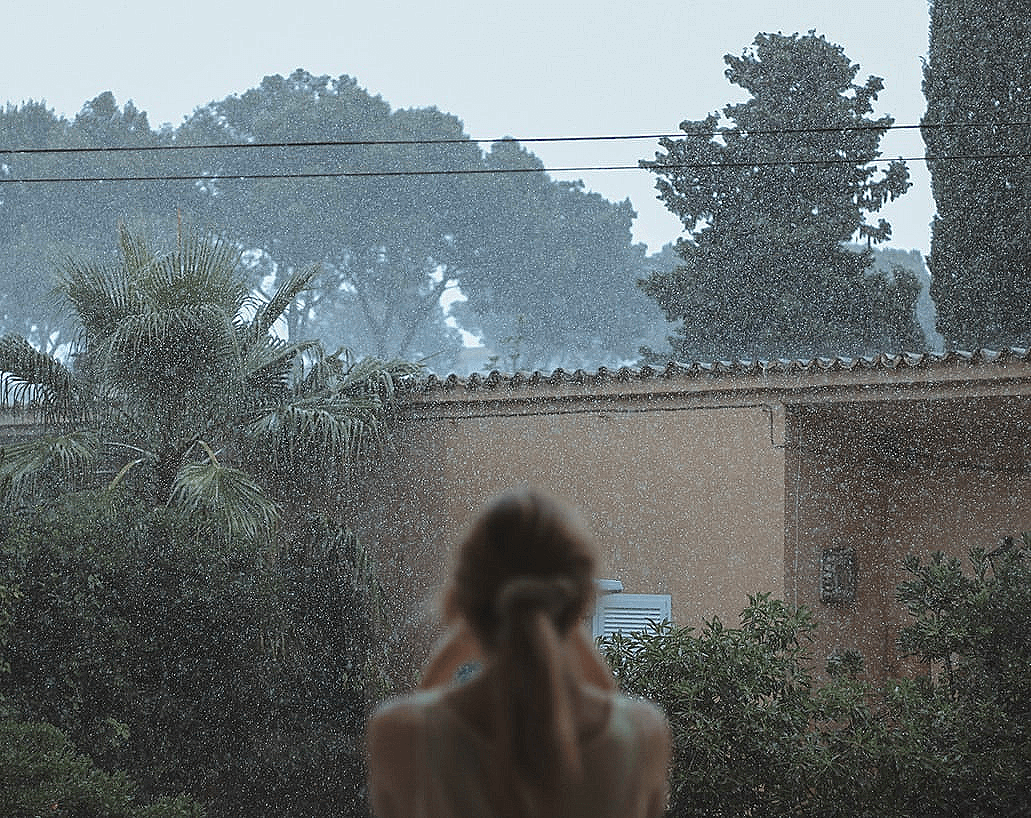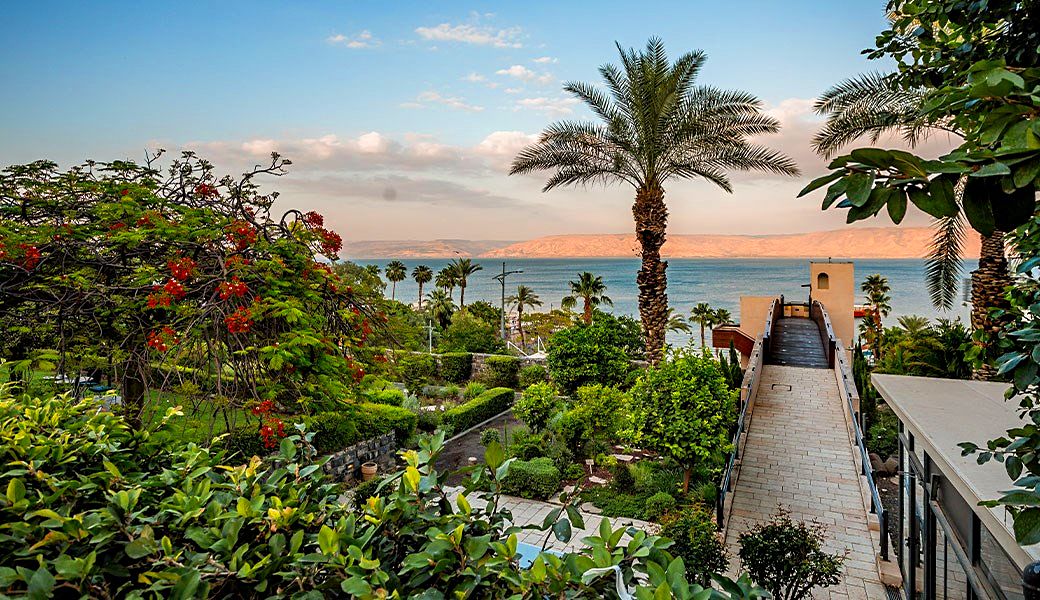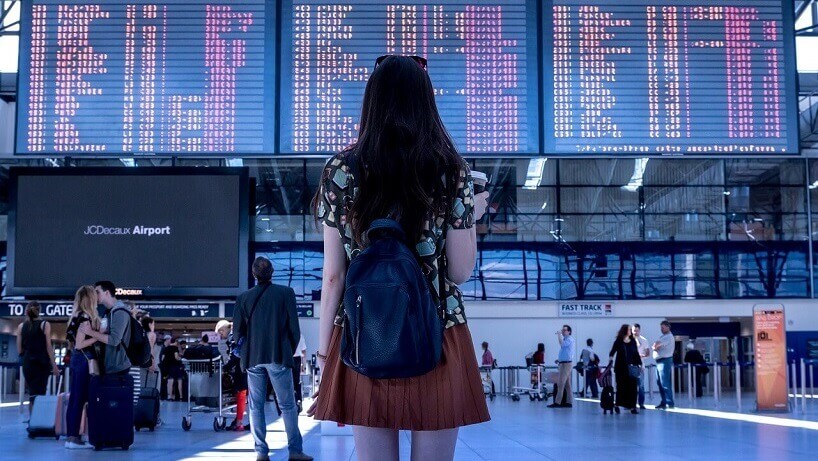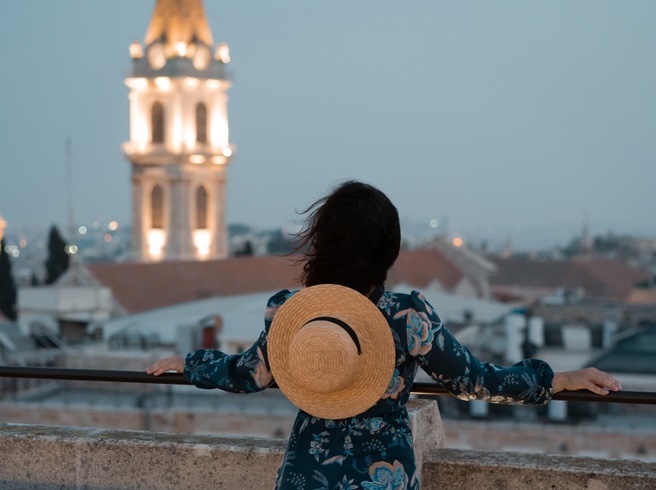10 Best Luxury Hotels in Israel [UPDATED]
Are you planning a vacation in Israel? If so, the country is waiting for you! After two long, exhausting years, people are desperate to travel abroad again and many of us are so worn down from the pandemic that we’re ready to splash some serious cash about, ensuring that we get a holiday that ticks all of our boxes. And, honestly, there’s never been a better time to treat yourself - let’s face it, you deserve it.Luckily, Israel can oblige in this sense, that is because in the last decade, it’s raised its ‘accommodation game’ substantially. Today, there are luxury hotels scattered across the country, all able to satisfy the most discerning traveler’s needs. Whether you want a city break (think historic Jerusalem and hipster Tel Aviv), a peaceful retreat (the tranquil Sea of Galilee and the empty, silent Negev desert), or cocktails and dance clubs at the Red Sea, you’re spoilt for choice. That’s because, in the last decade, Israel’s raised its game, with a series of sophisticated and stylish luxury hotels.Why Stay at a Luxury Hotel in Israel?We all need a vacation periodically - to rest our body and our mind, not to mention have a little fun. And whilst some people think that staying in a luxury hotel is a waste of money, we’d disagree…because it’s going to give you certain amenities and benefits that really make your time away that much more special, in terms of comfort, facilities, and service.Luxury hotels mean top-end mattresses, soft bed linen, and fluffy pillows, not to mention 24-7 housekeeping services. They’re going above and beyond in their facilities - whether it’s infinity pools, high-end toiletries, afternoon teas, champagne, and chocolate in your room on arrival, or even a butler service. Within them are fine-dining restaurants, cocktail bars, and coffee lounges designed with your enjoyment in mind. And, of course, luxury hotels in Israel always emphasized world-class service - from the General Manager to the bellboy, everyone is working to ensure your expectations are not just met but surpassed. Today, we’re looking at luxury hotels in Israel that really have the ‘wow’ factor. And whilst we want to stress here that our opinions are entirely subjective, the ones we’re recommending here all come highly recommended - by our friends, colleagues, and TripAdvisor! If you don’t believe us, book a private day tour in Israeland then add it on as a treat to yourself. After all, you only live once! Here we go!Luxury Hotels in JerusalemMamillaJust a few steps from theOld City of Jerusalem, and overlooking the Jaffa Gate, the Mamilla’s location alone is something to rave about. But it’s far more than just the views you’ll enjoy here- with a contemporary design and sophisticated feel to it, the Mamilla is famed for its ‘personal touch’ where every guest is assigned a personal host, there to ensure the entire stay is faultless.Mamilla Hotel (image: Mamilla Hotel official website)Boasting 194 rooms, and a renowned rooftop restaurant (perfect for cocktails and dining alike) the inside is ultra-modern, with minimalist décor and a breakfast buffet that comes highly recommended. Scattered throughout the hotel (as well as the bedrooms) are books on design and history, which is a nice touch. Concierge services are outstanding and the warmth that staff show guests is so genuine, no wonderthe Mamillahas this kind of reputation.The American ColonyJust a minute's walk from the Damascus Gate, you’ll find theAmerican Colony Hotel- beautiful and historic, with a reputation for extraordinary service and comfort in the most relaxed of settings. With its beautiful grounds, pool area, and lovely courtyard (perfect for relaxing in the day or enjoying a pre-dinner cocktail by night) the American Colony makes you feel like you’ve gone back to the time ofthe British Mandate, with rooms furnished in Ottoman style ( though they do concede with the bed linen, which is high-end Italian!). A room in the American Colony Hotel (image: the American Colony Hotel official website)The hotel offers 94 rooms and suites (in four different buildings), helpful and accommodating staff (from housekeeping to the concierge), and a dining experience that few forget- the famous Courtyard restaurant is surrounded by mulberry trees, and in its center is a beautiful fountain. Menus are not kosher and international cuisine is the order of the day (fun fact: this is a hotel where some of the world’s top journalists like to stay). Unrivaled luxury inJerusalem!Luxury Hotels in Tel AvivThe JaffaHoused in a historic building, which was once a French hospital, the design ofthe Jaffa Hotelis nothing short of stand-out. Combining vaulted arches and stained glass windows with contemporary furniture (think velvet sofas and eclectic lamps) with Damien Hirst Art, it’s a stone’s throw from the ancient port, lovely artists quarter, and famousJaffa flea market, and has 120 rooms and suites (some within the historic building and others in a new, modern wing).The swimming pool in Jaffa, a Luxury Collection Hotel, Tel Aviv-Yafo, Israel (image: the Mariott official website)The bedrooms are sophisticated, with neutral colors, and the infinity pool upstairs looks out on the Mediterranean, with a cocktail bar that sets up at midday. In terms of dining options, it’s less Middle Eastern and more North American/Mediterranean. ‘Golda’s Deli’ has bagels with lox and tuna melts and their restaurant ‘Don Camillo’ (which is not kosher) is excellent. With its personable staff and enviable location (close to the beach and a short cab ride from the heart of Tel Aviv), no wonder it’s taken the neighborhood by storm.The NormanLocated in the beautiful and historic part ofTel Aviv, close to the famous Rothschild Boulevard,the Norman Hotelprides itself on its understated elegance and if you are lucky enough to stay here, you’ll soon understand why. Beautiful restored, and set in two classic buildings (with a citrus garden nestled in between), you; 'll enjoy high-ceiling rooms, fabulous linens, wow-factor bath products, and a rooftop pool boasting phenomenal urban views.And it doesn’t end there. The Norman is well-known for its cuisine- the Alena is considered to be one ofTel Aviv’s top restaurants, serving exquisite Mediterranean food, featuring plenty of seafood, aged meats, and wonderful desserts made by their in-house pastry chef. Those who love drinks in a refined environment can head straight to their Library Bar- the perfect place for a gin and tonic, espresso martini, or glass of wine from one of Israel’s top vineyards. What else can we say, except prepare to be wowed?Luxury hotels in Southern IsraelBeresheet, Mitzpe RamonIt’s hard to imagine a more dramatic setting for a luxury restaurant than overlooking a crater, but that’s what you get when you book a stay atBeresheet in Mitzpe Ramon, in the Negev desert. Peaceful, tranquil, and perfect for those who crave solitude, this spectacular hotel has suites with pools, golf cars to transport you from your room to the main space, a gym, a playroom, two restaurants (kosher meat and dairy respectively) and a movie theater!The pool in Beresheet Hotel offers an endless viewThe rooms are spacious and well-designed, with bathrobes, slippers, and high-end toiletries, and the staff are helpful and attentive, without being overly solicitous. The remarkable views are to die for and be prepared to see ibex (mountain goats) wandering by as you sit enjoying the serenity. And if you’re not in the mood for hiking or rappelling down the side of the crater, just order a cocktail and sit by the infinity pool.Six Senses, ShaharutDesert sunrises and starry skies await you at this breathtaking hotel. Constructed to ‘blend’ into the desert (the materials it uses- stone, wood, copper, teak - all reflect this design),Six Senses Shaharutoffers 60 suites and villas in a rustic style, some with a private pool and one not just with a pool but it’s own pizza oven and chef service!) Luxury bath products are made using camel and goat's milk and you’ll also find yoga mats and walking sticks (should you want to do some hiking) in your room.Six Senses Shaharut, Israel Resort & Luxury Spa in Negev Desert. Photo fromwww.sixsenses.comTheir fine dining options use seasonal and organic products purchased from local farms and draw on the culinary traditions of the Middle East and the Mediterranean. Midian offers the very best of traditional Israeli cuisine, Edom View offers mezes, the poolside grill services both butcher’s cuts and homemade ice cream and the Jamillah bar is the perfect place to enjoy a cocktail at sunset…Six Senses Shaharut also offers several original activities and experiences, including sunrise yoga, hikes, star gazing outings, 4x4 off-road jeep tours, and camel treks. The emphasis is on the guest’s experience being integrated with nature - entertainment is often in the form of local musicians, at the on-site amphitheater. And since the setting here is so tranquil, it’s no surprise that this luxury hotel also offers a Wellness Programme, including retreats, a hammam, and aerial yoga. Our verdict - simplicity and luxury combined!Luxury Hotels in Northern IsraelThe Scots HotelSituated in Tiberias and overlooking both the peaceful, beautiful Sea of Galilee (‘the Kinneret’ in Hebrew) and the Golan Heights, the Scots Hotel is situated in a beautifully preserved old building, formerly known as the Scots Mission Hospital. Today it welcomes visitors with plenty of ‘Highland Hospitality’, from the arrival drinks it serves to live music performances in their whisky-themed bar.The Scots Hotel Tiberias outside view, Sea of Galilee, Israel. Photo fromwww.scotshotels.comThis luxury hotel and spa boasts sixteen renovated rooms, all constructed out of basalt rock and with high ceilings. The decor is traditional but all the extras you need are in your room, including high-end toiletries, plasma TV, a ‘coffee corner’ with a chaise lounge, and a Nespresso machine. The rooms are suitable just for two, which is why this hotel is frequented more by couples and older people, than families with young children.Pereh Mountain ResortHidden away in theGolan Heights, Pereh Mountain Resort (which only opened in the summer of 2022) is a welcome addition to the Israel luxury hotel market. Situated on a private estate, on a hilltop that overlooks mountains and valleys, and contains beautifully manicured gardens and lush orchards, it has only 27 rooms and suites and is for couples only, making it a very romantic getaway.The Pereh Resort (image: Pereh Mountain Resort official website)Local materials used to buildPereh Mountain Resortinclude basalt, wood, and stone, and, along with the pool and spa, the hotel has its wine cellar the area is perfect for hiking or visiting one of the many wineries which are all easy driving distance. Their restaurant, ‘Rouge’, which is led by the talented chef Roe Dori, goes to great pains to use local produce. With its remote location and wildly beautiful scenery, no wonder it was featured recently in Conde Nast!
